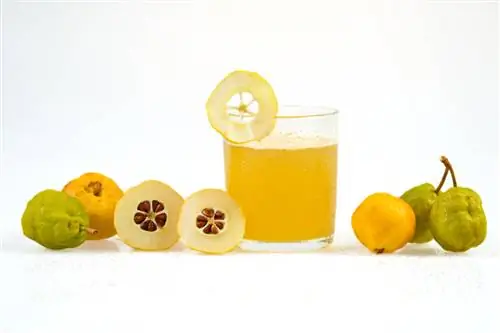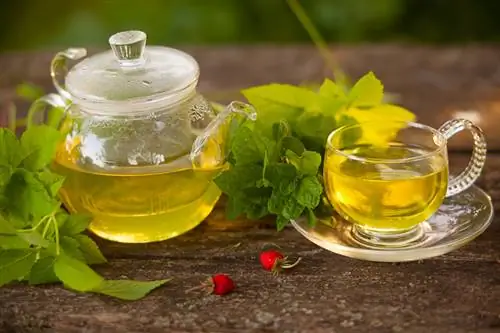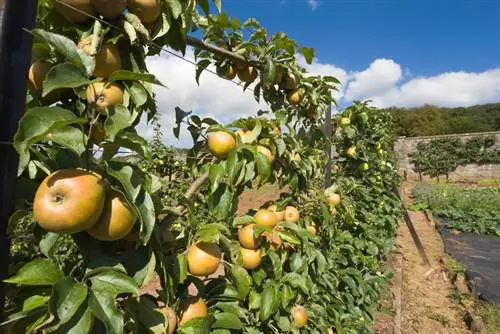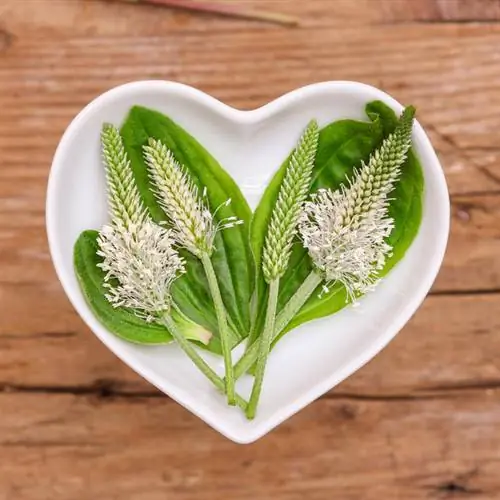- Author admin [email protected].
- Public 2023-12-16 16:46.
- Last modified 2025-01-23 11:20.
Bright flowers in pink, red or orange in spring, green foliage in summer and yellow to orange fruits in autumn - ornamental quinces are very decorative, attract insects and birds to your garden and are even edible.

Can you eat ornamental quinces?
Although quinces are edible, they are not suitable for raw consumption as they are very hard, sour and slightly bitter. After frost, the fruits become softer and more aromatic. They are good for preparing jam, jelly or as a vitamin-rich lemon juice substitute.
Is the ornamental quince suitable for the home garden?
The strong-growing Chinese quince is ideal for planting a hedge, while the Japanese quince sets pretty accents in the front garden or in the border. It harmonizes very well with other plants such as cherries or the rather delicate ornamental cherries. A sunny to partially shaded location is ideal. You can also grow a bonsai from the ornamental quince.
When are the fruits ripe?
The fruits of the ornamental quince ripen in autumn, but they remain very hard even then. Only a strong yellow or even reddish color and, above all, an intense aromatic scent indicate the ripeness of the ornamental quince. Nevertheless, you don't have to rush to harvest, because the first frost will make the fruits a little softer and more aromatic. Then they should be harvested and processed quickly.
Are the fruits suitable for raw consumption?
The ornamental quinces are not suitable for raw consumption because they are very hard and also very sour. However, this doesn't bother the birds in your garden. They like to use the quinces left on the tree as additional fall or winter food. So feel free to leave some fruit hanging.
If you have harvested your ornamental quinces before the first frost, you can store the fruits for several weeks or even months. However, the fruits should be stored in a cool and dark place.
How to prepare the fruits?
The ornamental quince is difficult to squeeze by hand, but the juice is a good substitute for lemon juice because it is similarly acidic and has a high vitamin C content. You can make a very tasty jelly or jam from the ornamental quinces. The slightly bitter taste is not for everyone. Therefore, a mixture with strawberries or other very sweet fruits may be recommended. The high pectin content makes jelly and jam nice and firm.
The most important things in brief:
- Ornamental quinces are edible
- very hard fruits
- only a little softer after frost
- very angry
- slightly bitter
- contains a lot of vitamin C
- good for jam and jelly
- high pectin content
- hardly edible raw
Tip
You should not eat your ornamental quinces raw. Instead, use it to cook a tasty jelly or mixed jam together with strawberries or other sweet fruits. By the way: our word jam comes from the Portuguese word “marmelo” for quince. They also make a delicious jam from these fruits there.






